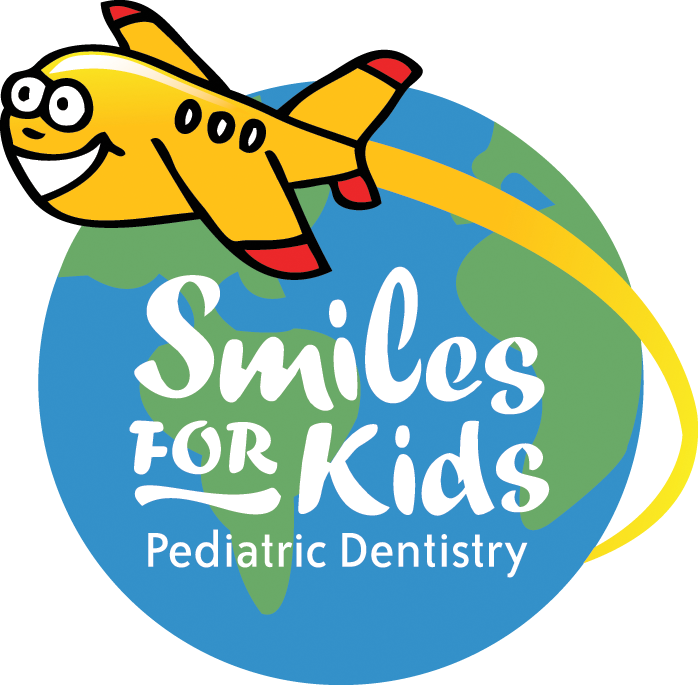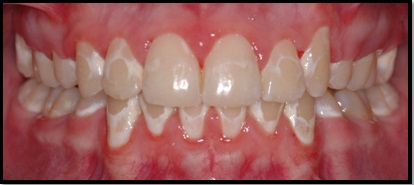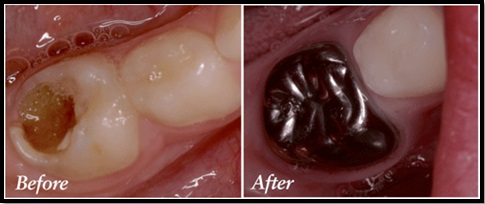White Spots with Braces
/As anyone who has had braces knows, keeping them clean requires more time, diligence, and attention. At Smiles for Kids Pediatric Dentistry, we stress good oral hygiene during orthodontics.
During hygiene appointments, we review brushing techniques and flossing. We answer any questions and give specific recommendations for every patient. We formulate an individualized preventive plan for every patient so that they not only come out with an amazing smile, but a very healthy one! If we notice a patient is having difficulty keeping their teeth clean, we will recommend a cleaning only appointment in 3 months before the next 6 month appointment. This way, we can assess how they are doing and help keep those smiles healthy! Some patients may also need fluoride rinses and/or fluoride gels as part of their plan.
Poor oral hygiene during braces can have a serious and lasting effect on a patient’s teeth and gums. Without optimal brushing and flossing, plaque tends to sit on the teeth. As the bacteria accumulate, it creates acid. This forms white spots and even cavities on the teeth. The gums become red and inflamed, which can cause gingivitis and bad breath. As plaque accumulates around the brackets, we can see breakdown of the tooth. It starts out as faint white lines (permanent white spots) and can progress all the way to brown cavitations. This cannot be reversed!
We recommend using a “Spotless Brush” as an adjunct to help access the hard to reach areas between the brackets and the gumline. If you want to learn more about it, ask our hygienist and the dentist at your child’s next cleaning.
At Smiles for Kids, Dr. Lindhorst and Dr. Jadav are dedicated to keeping your child’s teeth and gums healthy during orthodontics!
Smiles for Kids Pediatric Dentistry
Dr. Jadav





























